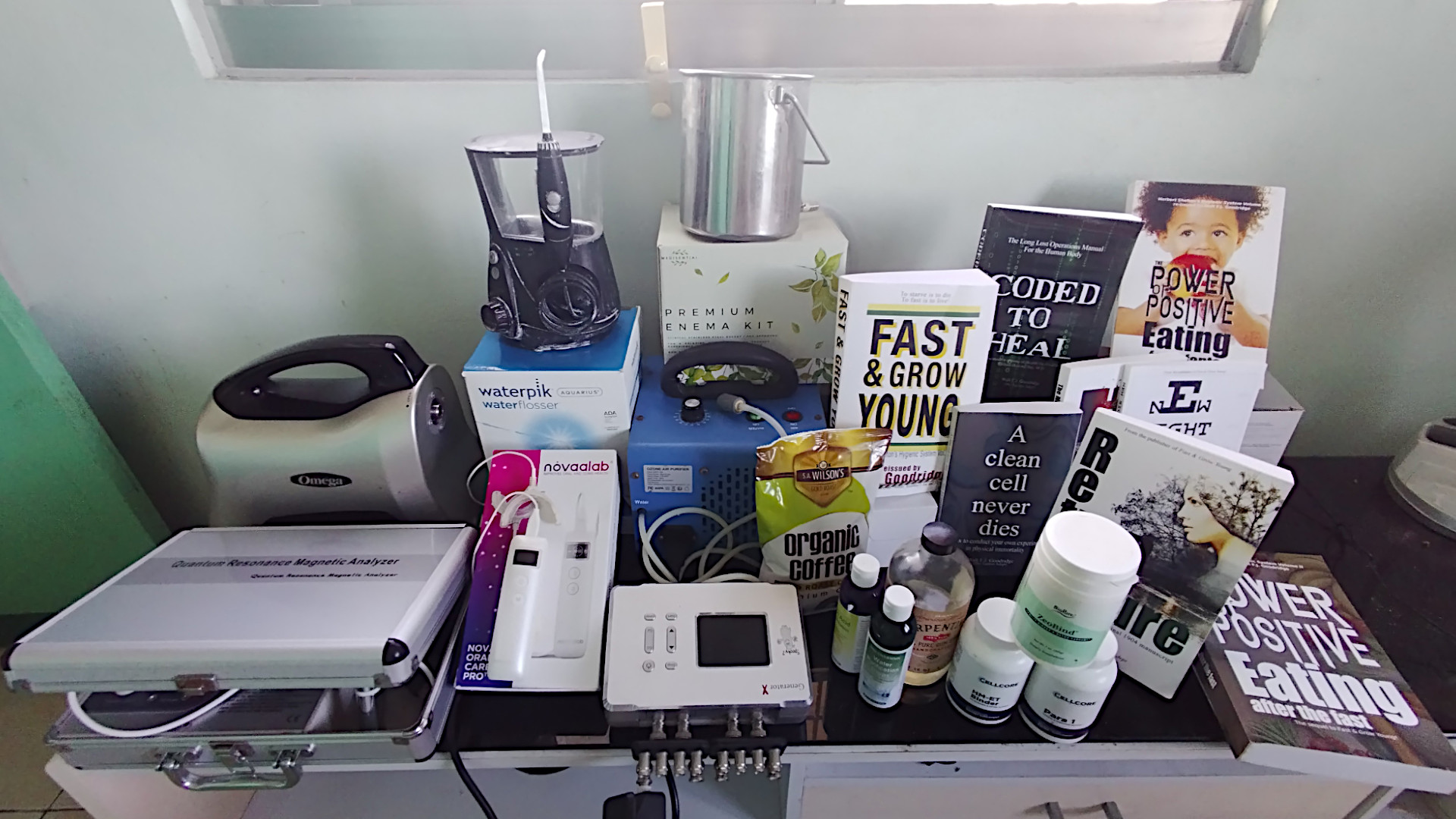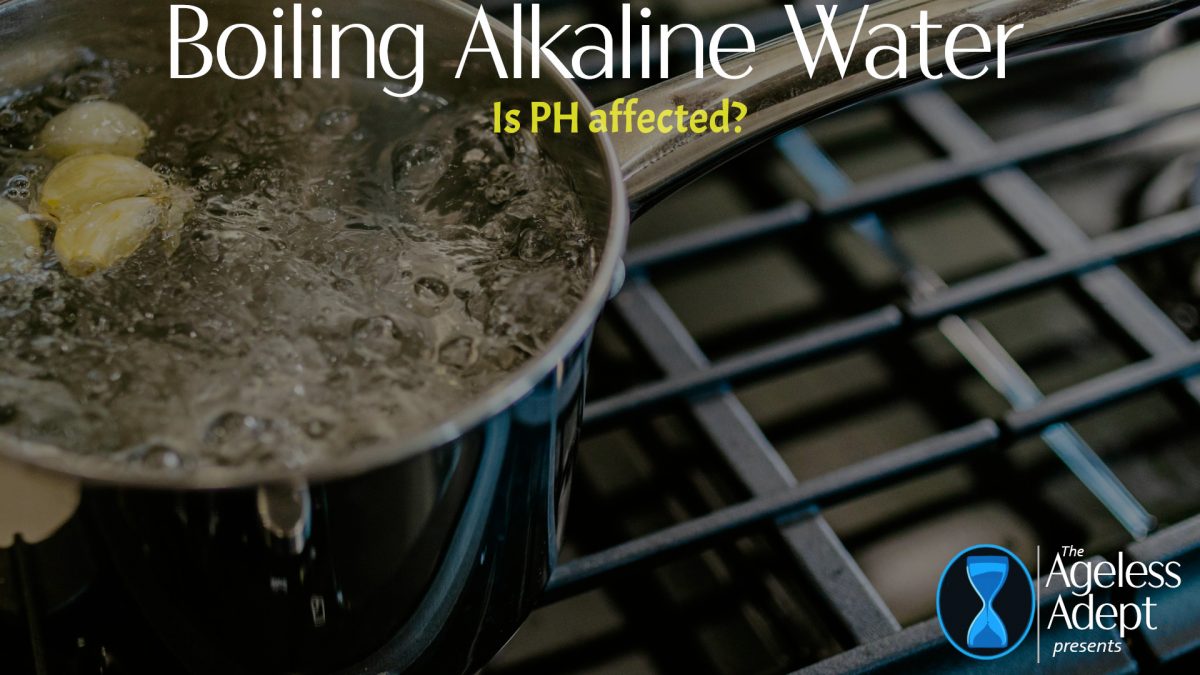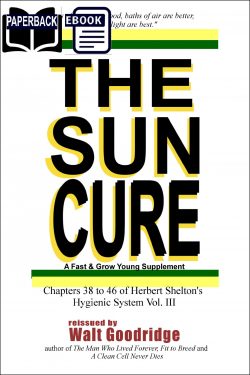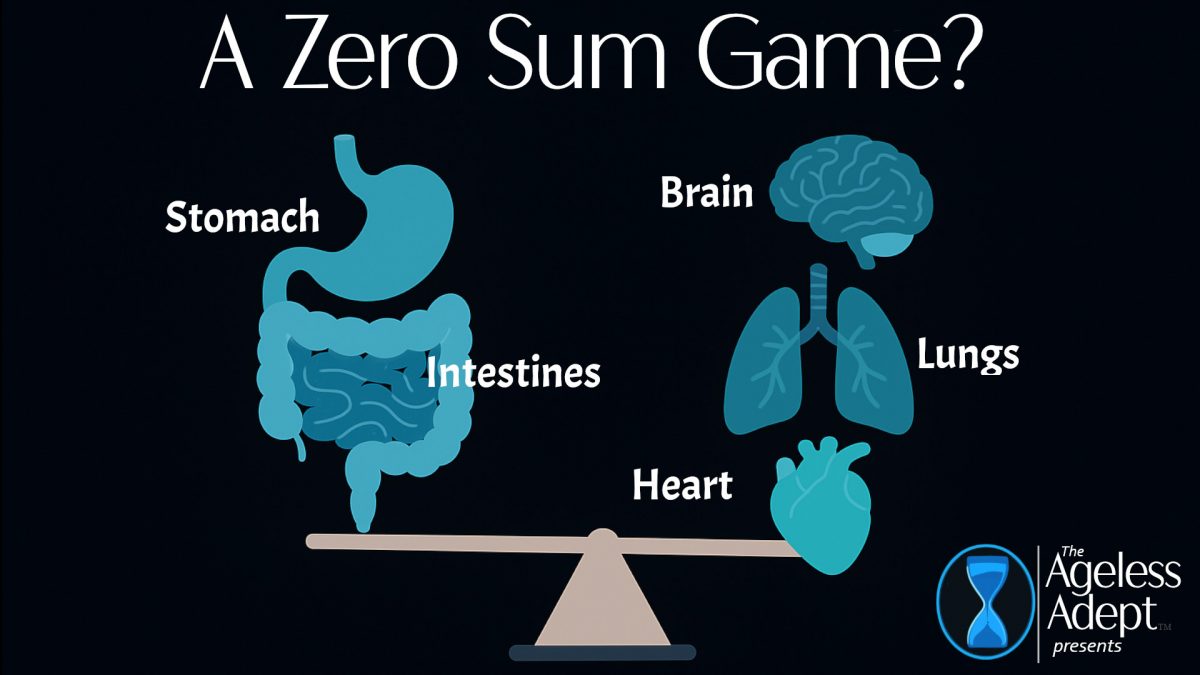I just purchased Edot™ purified water that claims to be alkaline (pH 10+/- ?). Can drinking such pH water actually help alkalize the body?
 Drinking alkaline water like Edot™ purified water (with a pH of 10+/-) can have some impact on your body’s pH balance, but the extent to which it “alkalizes” the body is limited by the body’s natural regulation processes.
Drinking alkaline water like Edot™ purified water (with a pH of 10+/-) can have some impact on your body’s pH balance, but the extent to which it “alkalizes” the body is limited by the body’s natural regulation processes.
Here’s what you should know:
The Body’s pH Regulation:
-
Blood pH is tightly controlled: The body maintains a blood pH of about 7.35–7.45. Even small changes in blood pH can be dangerous, so the body has several systems in place (like the kidneys and lungs) to regulate it.
-
Drinking alkaline water does not directly alkalize the blood: When you drink alkaline water, it passes through the stomach, which has very acidic conditions (around pH 1.5–3.5 due to stomach acid). The stomach typically neutralizes the alkaline water to maintain its own acidic environment, which aids digestion.
-
Urine pH may change: Alkaline water can influence the pH of your urine, making it more alkaline temporarily. However, this doesn’t necessarily indicate a change in overall body pH but rather reflects how the kidneys are excreting excess alkaline substances.
Potential Benefits of Alkaline Water:
While drinking high-pH water may not drastically alter your overall body pH, some people report experiencing benefits from alkaline water such as:
-
Improved hydration: Some studies suggest that alkaline water may hydrate the body more efficiently than regular water, especially after exercise.
-
Antioxidant potential: Alkaline water may have antioxidant properties, potentially neutralizing free radicals.
-
Reduced acid reflux: Some people find that alkaline water may temporarily help neutralize stomach acid, possibly relieving symptoms of acid reflux.
Practical Effects:
-
For overall alkalinity and promoting a more balanced internal pH, diet plays a more significant role. Consuming plenty of plant-based, alkaline-forming foods like vegetables, fruits, nuts, and seeds helps maintain an optimal pH balance in tissues.
In summary, while Edot™ alkaline water can contribute to hydration and may have short-term effects on urine pH, it won’t fundamentally alter the pH of your blood or tissues. It can be part of a broader alkaline-promoting lifestyle that includes a plant-based diet rich in alkaline-forming foods.
Does boiling alkaline water like this affect its pH? Would using it for boiling food make any difference in the final outcome of the food and/or the water it’s boiled in?
 Boiling alkaline water, such as Edot™ purified water with a pH of 10+, can slightly alter its pH, but the changes are usually minor. Here’s what happens during the boiling process and how it could affect the water and food:
Boiling alkaline water, such as Edot™ purified water with a pH of 10+, can slightly alter its pH, but the changes are usually minor. Here’s what happens during the boiling process and how it could affect the water and food:
Effects of Boiling Alkaline Water:
-
Evaporation of Carbon Dioxide:
-
As water boils, carbon dioxide (CO₂) dissolved in the water is released into the air. CO₂ in water forms carbonic acid, which lowers the pH. By boiling the water and reducing CO₂ levels, the pH may increase slightly. This means the alkaline water could become a little more alkaline.
-
-
Mineral Concentration:
-
As water evaporates during boiling, the concentration of any dissolved minerals in the water increases. Since these minerals (such as calcium or magnesium) can contribute to the alkalinity, their concentration could affect the pH. This could also increase alkalinity.
-
Using Alkaline Water to Boil Food:
-
Impact on the pH of Food:
-
Using alkaline water for boiling food may have a mild impact on the pH of the food, particularly if you’re boiling foods like vegetables. Some research suggests that alkaline water can help maintain the color, texture, and nutrient content of vegetables, since a less acidic environment might prevent the breakdown of certain compounds. However, the change is not drastic.
-
For example, boiling vegetables in alkaline water may preserve their bright green color by reducing the breakdown of chlorophyll, which happens more in acidic water.
-
-
Impact on the Flavor and Nutrients:
-
Alkaline water might slightly affect the flavor, especially for foods that are sensitive to pH changes, but most of the time, the effect would be subtle and likely go unnoticed.
-
There is limited evidence suggesting that alkaline water preserves some heat-sensitive nutrients better during boiling, though this benefit is not guaranteed across all foods.
-
-
Impact on the Water:
-
After boiling, the water may retain a slightly higher pH due to the effects of evaporation, but any significant changes would depend on the food being boiled (some foods release acidic or alkaline substances that interact with the water).
-
Conclusion:
-
Boiling alkaline water can lead to a slight increase in alkalinity due to the loss of CO₂ and concentration of minerals.
-
Using it for boiling food may preserve color and some nutrients, particularly for vegetables, though the difference may be subtle.
-
However, for most everyday cooking, the impact on the final food product or the water itself will likely be minimal and not highly noticeable unless you’re cooking foods that are sensitive to pH changes.
A.I. Disclaimer
I encourage you to begin your own dialogue with AI to tailor recommendations to your specific needs. —The Ageless Adept
***
Save $$$ on Products I Use (Click Image to View All)

For discount coupon codes and direct links for some of unique health products I use, check out The Coupon Page —The Ageless Adept
***
-

A Clean Cell Never Dies
Price range: $4.95 through $9.95 Select options This product has multiple variants. The options may be chosen on the product page -

Fast & Grow Young!
Price range: $6.49 through $16.95 Select options This product has multiple variants. The options may be chosen on the product page -

The Power of Positive Eating FOR INFANTS
Price range: $6.99 through $16.95 Select options This product has multiple variants. The options may be chosen on the product page






































